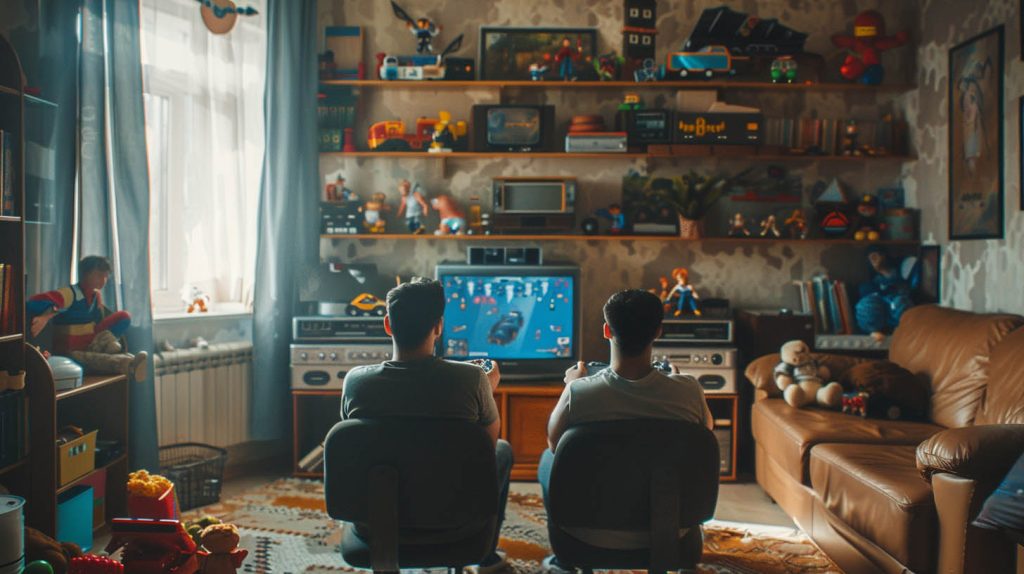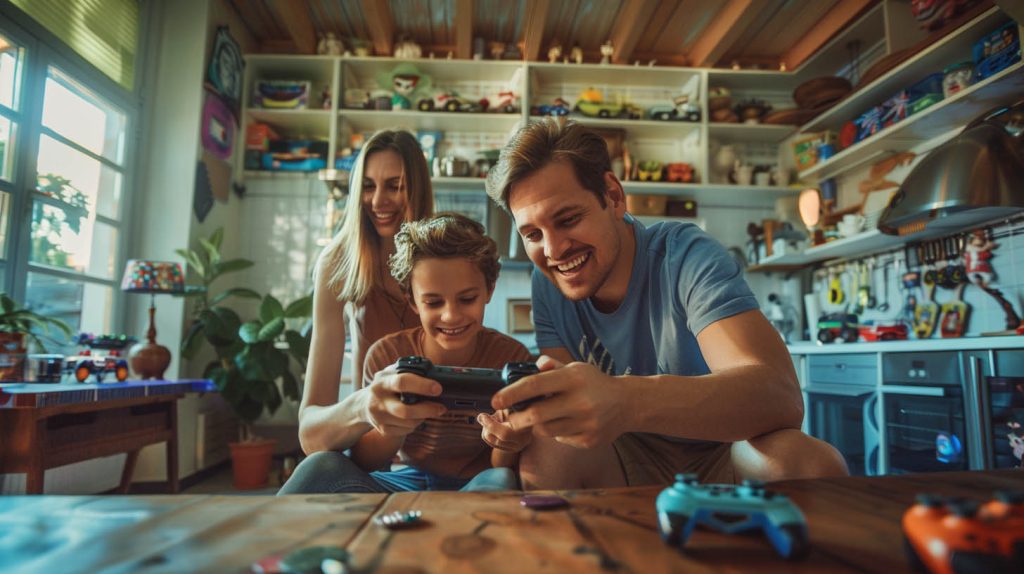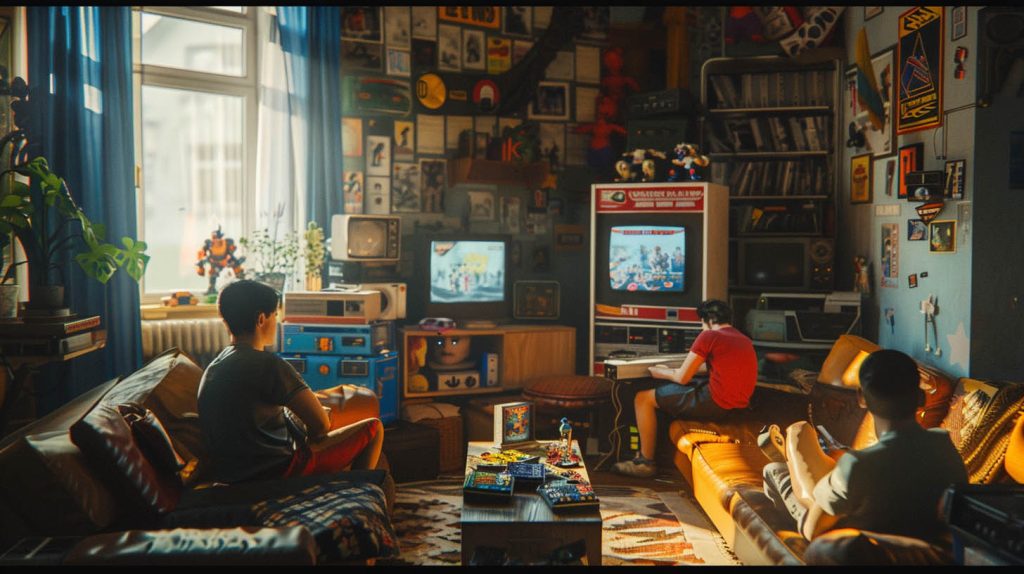When you buy through our links, we may earn a commission. Learn more.
The Fundamentals of Vintage Toy Collecting
As we explore vintage toy collecting, it’s essential to understand the different categories of toys, how to identify personal interests, and the importance of assessing condition and rarity. These fundamentals can guide us in building a valuable and meaningful collection.
Understanding Vintage Toy Categories
Vintage toys come in many categories that appeal to various interests. Some common types include:
- Action Figures: Characters from movies, comics, or TV shows.
- Dolls: Ranging from classic Barbie dolls to collectible ceramic figures.
- Board Games: Classic games that evoke nostalgia and fun.
- Vehicles: Die-cast cars, trucks, and trains often attract collectors.
Recognizing these categories can help us narrow our focus. Each type has unique aspects that may appeal to nostalgia or investment value. We can also determine which toys hold historical significance, enhancing our collection’s value and enjoyment.
Determining Collector’s Interests
When we start collecting vintage toys, identifying our personal interests is crucial. This might involve reflecting on our childhood and the toys we loved the most. We can ask ourselves:
- What toys do we remember fondly?
- Are there particular brands or franchises that resonate with us?
- Do we prefer collecting a specific category or a mix?
Our interests will shape our collection and keep us engaged. By focusing on what excites us, we enhance our enjoyment and commitment to the hobby of toy collecting.
Assessing the Condition and Rarity of Collectibles
Condition and rarity are vital factors in determining the market value of vintage toys. Here’s what to consider:
- Condition: Look for toys that are in good shape with minimal wear. Original packaging can also add value.
- Rarity: Some toys are produced in limited quantities or have unique features, making them more desirable.
To assess condition, we can use a grading scale from mint to poor. This helps us understand an item’s value in the market. Rarer items can fetch higher prices and be seen as wise investments. By keeping these aspects in mind, we can build a collection that has both personal value and investment potential.
Strategies for Acquiring and Selling Vintage Toys
In the world of vintage toys, knowing how to buy and sell effectively can make a significant difference in our profits and overall satisfaction. We can explore various strategies, from using online marketplaces to ensuring our toys are displayed and stored properly.
Navigating Online Marketplaces and Auctions
One of the best ways to acquire and sell vintage toys is through online marketplaces like eBay and Instagram. These platforms offer us a vast audience and the chance to reach potential buyers worldwide.
Key Tips:
- Research Prices: Before listing a toy, we need to check similar items’ prices. This helps us set a competitive price.
- High-Quality Photos: Clear, detailed images attract buyers. Use good lighting and take pictures from different angles.
- Compelling Descriptions: Write engaging descriptions that highlight the toy’s features, condition, and any unique attributes.
We should also consider bidding on auctions for rare items. Auctions can help us find toys at lower prices that can later be resold for profit.
Maximizing Financial Gain in Toy Trading
Maximizing our profit involves understanding market trends and timing our sales. Seasonal demand can influence prices, with certain toys selling better during holidays or special events.
Strategies to Enhance Profit:
- Join Toy Trading Groups: We can connect with other collectors and traders. Forums on social media can provide valuable insights on what’s trending.
- Utilize Multiple Platforms: Selling on various platforms increases visibility. We could list on eBay, our social media, and local marketplaces.
- Bundle Items: Offering toys in bundles can encourage buyers to purchase more and give us a better profit margin.
Tracking our sales data will also allow us to adjust our strategies based on which items sell best.
Creating an Engaging Display and Storage Solution
The way we store and display our vintage toys is important for both preservation and promotion. Proper display can attract potential buyers and showcase the toys’ value.
Display Tips:
- Use Clear Cases: Displaying toys in clear cases keeps them safe and allows buyers to see them easily.
- Organize by Theme: Grouping toys by theme or brand can make our collection more appealing.
- Keep Clean and Maintained: Regularly dusting and maintaining toys keeps them in good condition, which helps retain their value.
For storage, we should use climate-controlled areas to avoid damage. Storing toys in their original boxes can also increase their value, especially for collectors.
By following these strategies, we can improve our chances of successfully acquiring and selling vintage toys while maximizing our financial returns.
I’m Cartez Augustus, a content creator based in Houston, Texas. I’ve been exploring a variety of niches in content marketing in order to increase website traffic. I enjoy experimenting with artificial intelligence, search engine optimization, and paid search. The process of creating nerd-related content has been extremely rewarding since it has enabled me to network with people who are knowledgeable about these subjects.


